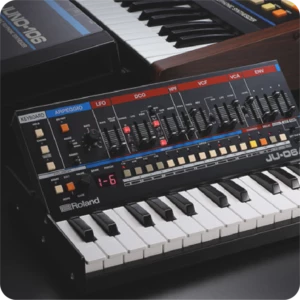Understand Everything You Need To Know About MIDI Files in 5 minutes
Producers now need MIDI files more than ever; it saves them a lot of hassle and benefits them. Let’s discuss everything about MIDI files. Producing music is fun, but it can be challenging to make the perfect tune. There are a lot of different aspects that need to go into production, including tempo, key signature, and mood. Today, we will discuss Midi files and how they can help you produce better tunes. With just one click, you can import any sound from your computer onto your track! It’s as simple as dragging the file over in Ableton Live or Logic Pro X. You’ll have access to all sorts of instruments with this program, so you’ll never have an excuse for not being creative again!
What is MIDI?
A MIDI (Musical Instrument Digital Interface) file is a computer file that records an electronic performance, typically stored in a musical note sequence, for use with a synthesizer to play back the song.
Creating and playing MIDI files is a three-part process:
- Create the file on your computer using the keyboard’s sequencer.
- Transfer it as data to be played by another device, such as a synthesizer or sound card connected to your computer via a USB cable.
- Translate that electronic data into audio signals for people to hear through speakers.
Who can use MIDI Files?
A musician can use MIDI files for any song they want. You can buy MIDI files online and use them in your compositions, which many professional musicians do. Websites with original music and pre-made tracks are available, so you don’t need to know how to compose music if you don’t want to or can’t afford it. Plus, no expensive equipment is required!
Anyone can use MIDI files; their benefit is that they take up less space than other formats, such as MP3s. This makes them more convenient to share and download. Any music producer, whether a beginner or a pro, can benefit from midi sample packs because they save them a lot of time.
How to Play MIDI Files?
Several media players can play MIDI files. Some examples include Windows Media Player, VLC, WildMidi, TiMidity++, and Apple’s Logic Pro.
Acquiring a suitable Midi Sample Pack
If you want to save yourself from the hassle of producing MIDI sounds, you can buy a MIDI sample pack containing high-quality MIDI files that will give you an edge in your music production.
How do you create a MIDI file?
A MIDI file is typically created using an external device such as a guitar or keyboard connected to the computer(output) or through something like Pro Tools on the recording software industry standard, which will have a MIDI recording feature (input). You need to have a good understanding of the musical instruments that you plan on using.
How to use MIDI in different types of music production?
Midi can be used in different types of music production, the most common being electronic. MIDI files create a step-by-step score for each instrument. Like many things in computerized music, MIDI is a way to run down a list and trigger the notes by whatever device or program is assigned to that particular note’s function (such as kick drums, basslines, or guitar solos). This means that the listener will hear a perfect rendition of what was envisioned by the producer.
Midi can be used in other types of music production, such as trap, dubstep, and hip-hop. It is also used in live performances where artists use drum machines to play electronic instruments.
How is MIDI used in electronic music production?
MIDI files are most used by Electronic Dance Music (EDM) artists as these allow for more freedom when creating a track. This allows them to be more creative and innovative, building upon the notes in the sequence. EDM producers use a variety of software to create their beats. A good example would be FL Studio (Fruity Loops), a great music production software that allows for MIDI sequencing and synthesizing.
Benefits of using MIDI files in your productions:
Now, MIDI files have become a great way to share music. Sending and editing them has never been easier or faster! The ease of transferring large files combined with the global crisis it’s taken on makes this communication method relevant for everyone today.
The process of creating music has become so much more efficient. Music producers can work on the same song without physically collaborating, which is made possible by MIDI files being small in data size compared to audio files. This means DAWs are less likely to crash when processing numerous MIDI tracks!
MIDI files can be used as music loops for producers to experiment with different sounds and melodies. They free up time that would otherwise be wasted by producing the same type of sound repeatedly without sacrificing quality or creativity.
Tips for creating good quality MIDI files
Ensure that the tempo is correct and matches the track it is being used with. You must ensure your music sounds more like a human is playing it than a machine.
Presets to be used for inspiration:
Make sure you don’t use the preset to produce music rather than use it as an inspiration and then tweak it to come up with the best version.
Make sure that your MIDI file is mono:
This means there shouldn’t be any panning (left and right) within the track. Pan mixing is done in the DAW after MIDI has been recorded, so there’s no point in giving producers extra work.
The world of music production has changed dramatically in recent years, and this is because producers are looking for new ways to make their productions sound unique. It’s not enough anymore to use pre-existing sounds; instead, many people want to create custom-made melodies that could be played with the piano or synth keyboard before they purchase them. This means MIDI files have become essential to any producer’s toolkit.
Get your hands on the Sikk MIDI Pack so you can start producing without spending hours searching for new content!
[hfe_template id=’202′]






